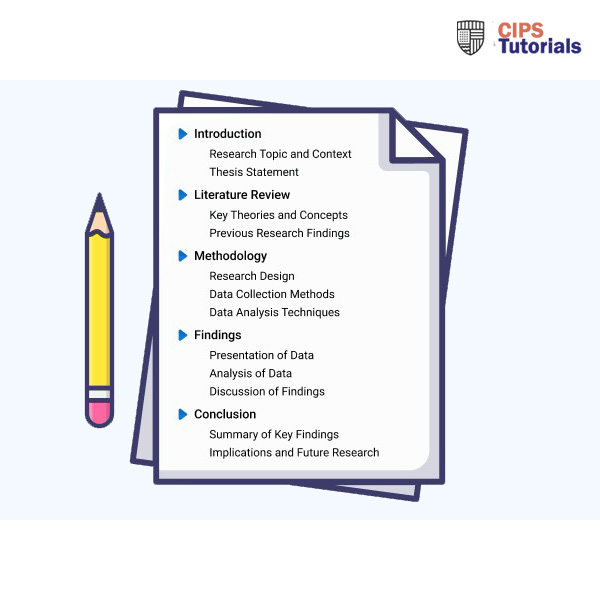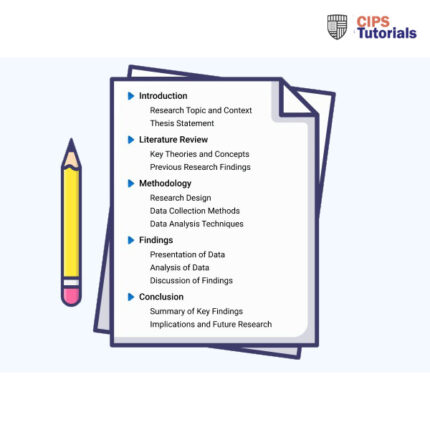-63%
Description
Related Papers
(Solution) 5CO03 formal and/or informal continuing professional development (CPD) activities to support your learning journey
(Solution) 7CO03 Learning Journal business acumen can deliver commercial benefits and manage resilience
(Solution) CIPS New APCE Advanced Category Management
- In summary, this assignment has focused on evaluating the source of power and risk of an organisation contractual terms. This has been conducted through the focus of SSMC organisation which is currently being engaged in procurement of first aid materials.
- Through a series of analysis, the power and risk distribution has been evidenced as varying in different phenomenon to SSMC and their engaged suppliers. The rationale of this is that for the success of a contract, the legal provisions are critical among the involved parties with clearly set requirements to be adhered to or abstained.
- By using different tools including supplier preferencing matrix, Porter’s 5 forces and Turn-key model have been adopted for this research.
- It has been established that in most instances, SSMC has the power with majority of the risks being held by the supplier. An evaluation of the different components of the contract has been conducted with the clauses of interest including costs, quality level, time for delivery and ethics which influence the power and risk of the suppliers.
- From the analysis of stakeholders by use of the Mendelow stakeholder’s matrix and SWOT analysis, the various issues and risks represent the noted issues in procurement of the fast aid and safety measures in today COVID-19 pandemic.
- As evidenced in the Kraljic analysis, various contract terms are of strategic relevance to SSMC which affirm on its approach of holistically leveraging on contractual risk and power.
- Where the SSMC lacks a holistic balance on the risks and power, a warrant or insurance is granted for guaranteeing their safety.
(Solution) CIPS PSE Module 4- Sourcing Essentials in PS&M (PSE) Red Sea Global (RSG)
This assignment focuses on exploring different sourcing approaches and their relevance in a specific category of spend in Red Sea Global (RSG) organisation.
The spend category include leasing of construction equipment which are used in the organisation operations.
Also, sourcing approaches used in Information Technology (IT), logistics, staff uniforms, and vehicles have been equally evaluated. The sourcing approaches in line with CIPS guidance notes put into account are single, sole, dual and multiple sourcing.
The finding in this report highlight on the need for using the sourcing approaches to gain value for money outcomes and leveraging on competitive advantage. This is with best sourcing decision being the outcome of the process.
Additionally, by appropriate sourcing approach, the organisation is in a position of leveraging on competitive advantage successfully. For this report, multiple sourcing are appropriate if there is a need for engaging more than a single supplier with single sourcing engaging single supplier.
Conversely, sole sourcing are applied in a situation an organisation is making procurement from monopolistic suppliers in their area of practice.
Dual sourcing conversely is used when needs conflict with different suppliers involved for solving problems which result from engaging single or multiple sourcing strategy.
Considering RSG case organisation, using different sourcing approaches for various spend categories is evidenced from pre-awarding, after-awarding and post-awarding of contractors influenced by their relevance.
For ensuring sourcing approaches increase value for PS&M practice and maximise capacity for leveraging on supplier appraisal checklist, various recommendation could be provided. These are;
- Invest in technology and automation of their supply chain network for selection of best sourcing approach
- Improving overall engagement of stakeholders in different sourcing approaches
- Come up with appropriate specifications which are in alignment of procurement and supply chain policies
- Simplify significantly the information sourced pertaining to tendering and information sharing in the sourcing approaches used
(Solution) CIPD 5CO03 Professional behaviours and valuing people Assessment ID / CIPD_5CO03_23_01
(Solution) CIPS PSE RCU Cohort (Practitioner) Module 4 – Sourcing Essentials in Procurement & Supply
This assignment focus is evaluating various sourcing approaches used in Procurement and Supply Chain Management (PS&M).
To achieve this aim, Royal Commission of Al-Ula (RCU) is used as the organisation of interest.
By focusing on different categories of spend including technology systems, various sourcing approaches have been evaluated. The sourcing approaches in line with CIPS Module Notes include single, sole, multiple, and dual sourcing.
The findings of this assignment have been informed by various tools and models used in analysis including Kraljic matrix, Mendelow matrix, business hierarchy of needs and SWOT analysis among others.
The findings indicate multiple sourcing appropriate to involve many suppliers, single sourcing only one supplier with dual sourcing two suppliers only often evidencing conflicting expectations.
At the end of this assignment, a supplier appraisal checklist has been provided using the Carter’s 10Cs model in the technology system sourcing category.
From the findings and conclusions in this assignment, the identified limitations can be managed by using the following recommendations;
- Transitioning from only one sourcing approach for all their spend categories and select each for all their spends
- Ensure policies in PS&M are appropriately implemented while prioritising on their different stakeholders interest areas
- Embrace of technologies in their sourcing process for sake of achieving modernised suppliers appraisal and eventual selection
- Improve RCU Ariba and SAP system intended for improving exchange of data and information for supporting their sourcing approaches embrace

